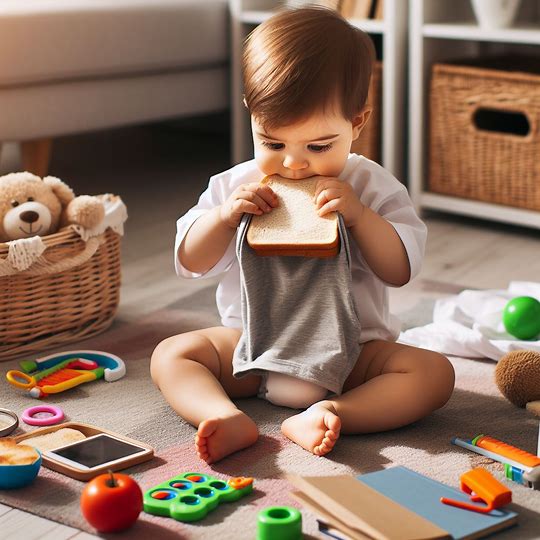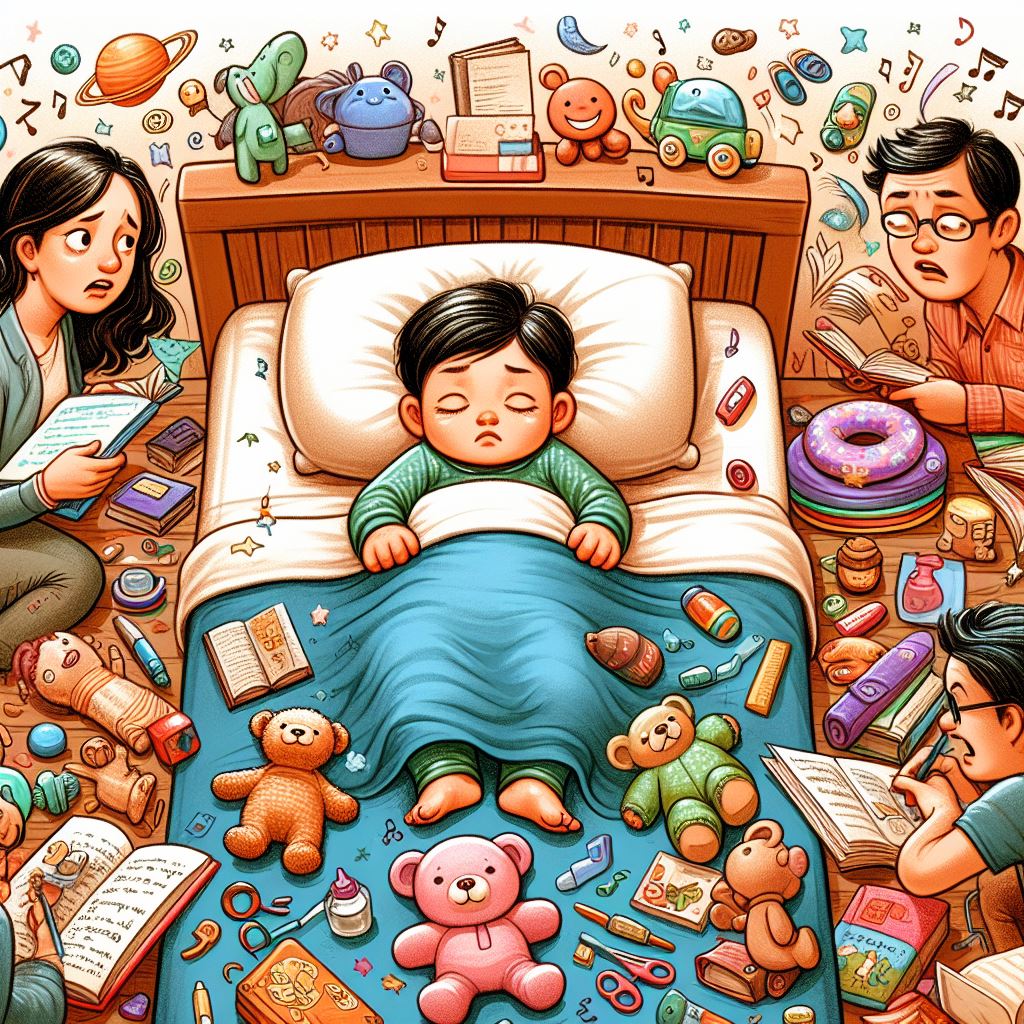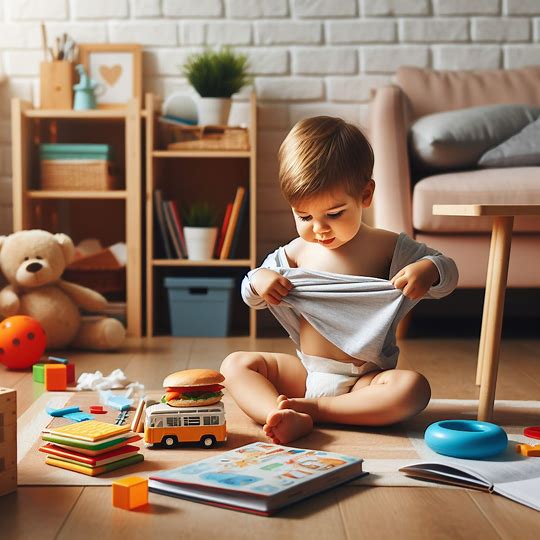Your basket is currently empty!

Your Toddler at Two- What’s Normal and What to Enjoy
By now, your little one is a toddler, and you might be dealing with tantrums and the famous ‘terrible twos.’ However, you’ll likely discover that these twos aren’t as awful as people say. In fact, there’s a lot to enjoy about your funny and curious two-year-old and her small view of the world.
On an average day, she will probably still have a nap of around two hours (though some children drop theirs at this stage) and she’ll sleep around 11 hours at night. That’s what the text books reckon, anyway. If you’re experiencing toddler sleep problems, perhaps your two-year-old didn’t get the memo.
She’ll probably be quite chatty by now, and will have plenty of her own opinions, which she’ll want to share with you. Loudly. And repeatedly. (And if they’re about poo, bottoms or personal comments about any part of your body, this will probably happen in the queue at Tesco’s).
Her newfound physical skills enable her to start becoming independent. She might be able to take off her own clothes – and even put some on, too, and should be able to wash her hands, standing at a step stool to the sink, and dry them again with help.
The Physical Journey at Age Two



Leave a Reply